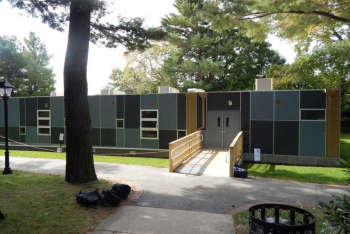Photo: A school budget in the black?
Last year this month, the Belmont School District and School Committee were scrambling to someway fill a $536,000 deficit by the end of fiscal year 2015 which loomed in two months.
In the end, the district with a cup in hand to ask for $285,000 from the Warrant Committee and drained the Special Ed Stabilization Fund of its $250,000.
As fiscal year 2016 is coming close to closing, the deficit facing the district is far more modest. In fact, if everything breaks its way, the district could arrive on June 30 living in the black.
That’s the hope coming from Belmont Public School Superintendent John Phelan and Tony DiCologero, the district’s finance and business and operations director, who presented a forecast of the total general fund. According to DiCologero, an analysis of the revenue and expense trends, the anticipated shortfall on June 30, the final day of the fiscal year, will be approximate $23,000.
Phelan said the improved fiscal condition of the schools was directly related to the passage in April 2015 of the $4.5 million Proposition 2 1/2 override allowing the district to manage the continuing high number of students entering the system which had created a financial
“We have to thank the taxpayers for passing the override to allow us to navigate the increase in enrollment that continues,” said Phelan.
The projected loss is lower from the last time the school district calculated the deficit in December when the forecasted number was $58,000. Much of the reduction has to do with district-wide positive trends district including in salaries where savings have been seen from staff turnover where the new hires are coming in a much lower pay rate.
The district will be seeking, even more, savings when it places a halt on purchase invoices early next month.
“If this works as we hope, we could end the year in the black,” said Phelan.




